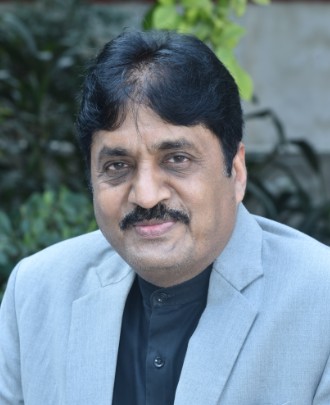

Organiser Online
The search for immortality
Medical science has succeeded to some extent in prolonging old age and fighting disease, but death still remains an enigma. A person who is sitting and laughing with you one moment is gone the very next, leaving you utterly devastated and lonely. This has led man to launch a perpetual search for immortality, leaving us with the cherished goal of attaining unhindered happiness and perpetual youth, sans old age and death.
It is however the phenomenon of death that leaves mankind rudderless and unsettled by the constant change in everything around him, making him go in quest of something that is firm, fixed and eternal. “Man’s religious quest is an innately compelling search for the satisfying permanence of a basic spiritual reality,” says the author, who is an erudite scholar of Jain Agamas, a reputed critic of Indian and Western philosophy and coordinator of science and spiritualism. Gifted with an extraordinary genius and deep insight as well as intuition, his intelligence and knowledge stamp him as a ‘mobile encyclopaedia’. Prekshadhyana (meditation) is the outcome of his long practiced research into the field of Jain mediation.
As we all know, a foetus in its mother’s womb does not have to do anything for survival - the mother breathes and thinks for it, eats for it and does everything for it. Thus, it is in a state of perpetual bliss. Psychologists say that the very concept of moksha (emancipation) arises from here itself; it is innate in man from the womb itself. Once born, the baby is abruptly disconnected from the root of its survival and he/she emerges weeping, bewailing the loss of its resources and comforts. Then begins his eternal search for bliss in the mundane existence of this world.
All these mean that we need to perform our duties religiously, creatively and constructively. The question that arises is: “What is dharma (duty)?” Duty is an unswerving state of awareness. The state of awareness is duty and the state of neglect of duty is adharma.
According to the author, there are two kinds of awareness—acceptance of reality and its solution. The first hurdle to awareness includes “fickleness of speech, vision, hands and feet” which can be overcome only through the practice of prekshadhyana. The author cites the example of a man who stood at a height above another man who stood below. The man above said, “Oh, such and such person is coming.” The other replied, “No, nobody is coming. I do not see anyone coming.” The man above said, “I clearly see him coming; you also come to the top, then you also will be able to see him.” By this example, the author wants to convey that awareness is height—it is the pinnacle of sadhana (meditation).
The book tries to convey that an aware person is committed to truth, compassion and mental peace. The process of prekshadhyana is not to change the society directly but first change the individual who constitutes the society. As long as the individual constituting the society does not change, no radical change can be expected in the society. Once a person transforms himself and more and more persons follow suit, the society is sure to change too.
 Lalit Garg
Lalit Garg